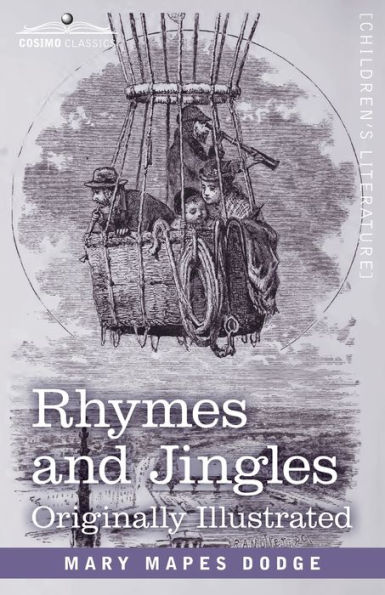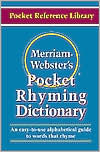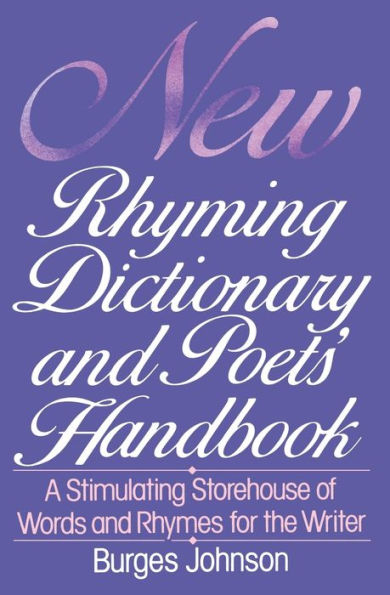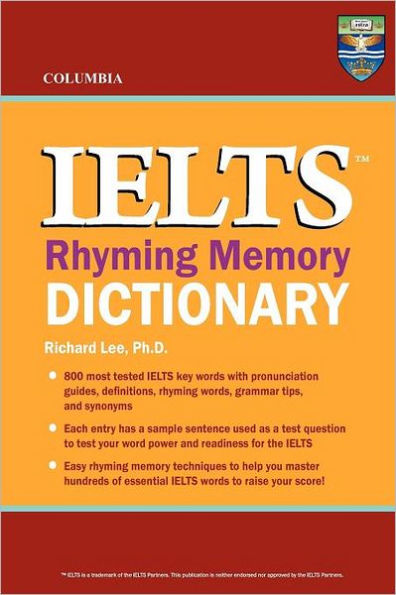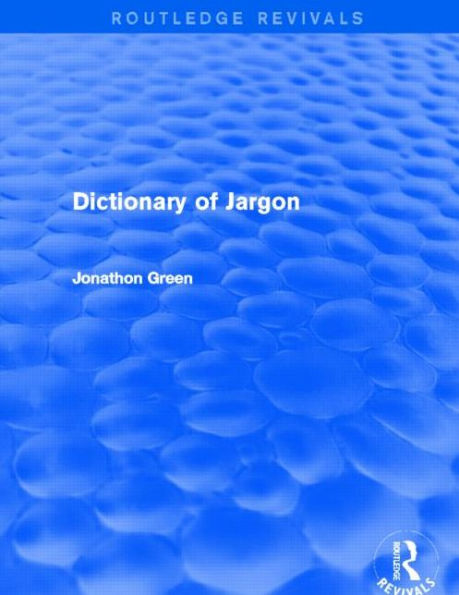Home
Jingle in the Jungle: The Dictionary of Reduplicatives, Rhyming Compounds and Collocations.
Loading Inventory...
Barnes and Noble
Jingle in the Jungle: The Dictionary of Reduplicatives, Rhyming Compounds and Collocations.
Current price: $16.99


Barnes and Noble
Jingle in the Jungle: The Dictionary of Reduplicatives, Rhyming Compounds and Collocations.
Current price: $16.99
Loading Inventory...
Size: OS
*Product Information may vary - to confirm product availability, pricing, and additional information please contact Barnes and Noble
This very first edition of Jingle in the Jungle is an invitation to discover or rediscover reduplicatives, alliterative and rhyming compounds or collocations - old and new - and their hypnotic power, but also to play the sorcerer's apprentice and to join in this never-ending quest for rhymes and sounds. A great deal of studies have demonstrated that word, syllable, consonant or vowel repetition in a lexical form is not only an incontrovertible component within the majority of human languages but reduplication is also a key feature in 'baby talk' and a crucial stage in the infant's linguistic development towards his or her complete linguistic maturation, as it is scientifically supported by the bulk of studies in child language acquisition. As Naomi S. Baron puts it in her study entitled Growing up with Language, ''a child most natural entrée into language play is to mix and match the sounds of language through rhymes. Whether adults begin with standard nursery rhymes or with homemade productions, the very act of rhyming teaches children that words are only combination of sounds, and the possible combinations are limitless''. She adds that ''the more rhyming you do - reciting nursery rhymes, reading poems, making up rhymes, playing rhyming games - the better. Rhymes provide a perfect avenue for helping pre-schoolers understand that words are comprised of sounds and that new words can be formed with a simple sound change''. One instance of the central importance of rhyme and alliteration is the widespread use of tongue-twisters as a speech development tool such as 'Sally sells sea-shells by the sea-shore'. Not only are tongue-twisters recommended by speech therapists in so far as it helps improve a child's vowel and consonant pronunciation, but it can also enhance the child's verbal creativity through the play on alliterations and rhymes. Not only are rhymes, alliterations and repetitions essential features in the transmission of myths and traditions, but, they underscore the sacredness and the supernatural nature of language. It is little wonder that this task should have befallen priests, bards, druids or shamans as they were the designated intermediaries between human beings and the supernatural world. As stated by The Poet's Glossary from the Academy of American Poets, incantations, 'whether spoken or chanted, are characteristic of archaic poetries everywhere, which have always employed the rudimentary power of repetition to create enchantment'. During a typical shamanic ritual in Peru, for example, the shaman sings an incantation which is meant to open a gate into the world of spirits so as to find a cure for people suffering from a disease. In ancient Babylon, it was a customary ritual to whisper repetitive incantations on the amulet of the demon Pazuzu - whose name comprises a reduplication - which was meant to protect pregnant women from the cruel and soul-snatching she-demon, Lamashtu. The witches in Macbeth chant an incantation based on word-repetition, assonances, consonances and rhymes to curse the eponymous hero : ''Double, double toil and trouble ; Fire burn and cauldron bubble.'' In those cases, the cumulative use of alliterations reinforces the power and efficiency of what is perceived as a sacred language.
